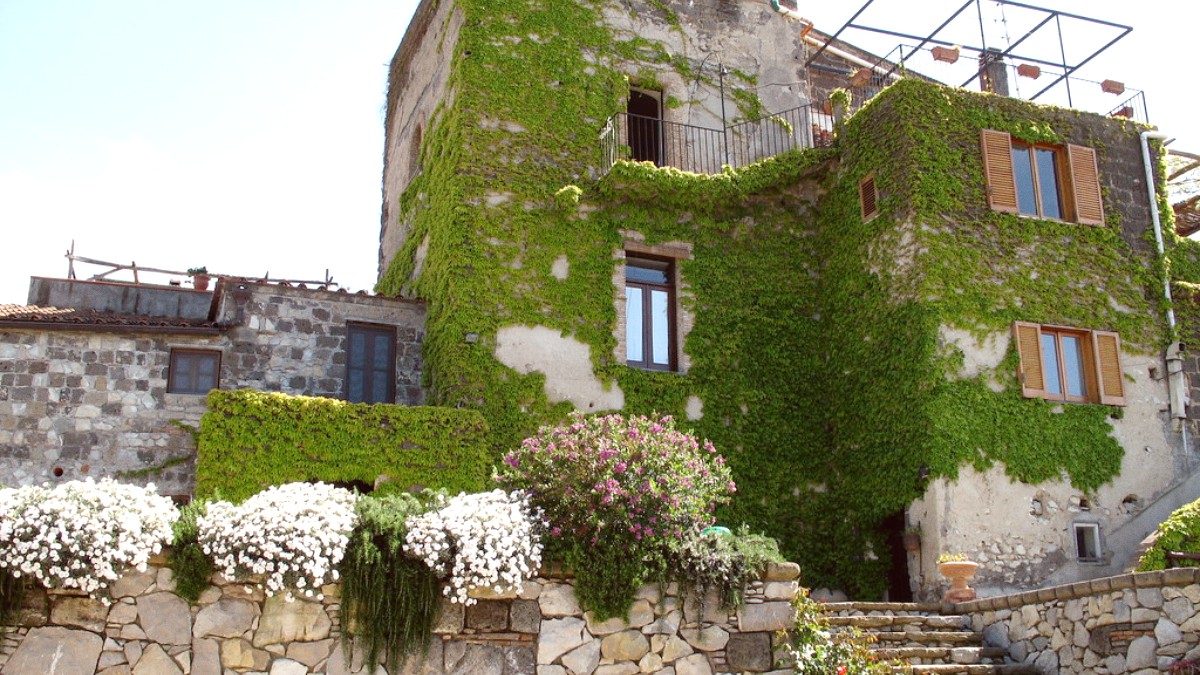
Italy
Spring (April-May) offers mild temperatures, typically 15-25°C (59-77°F). Rainfall registers as moderate. The humidity level feels comfortable. The landscape comes alive with blooming flora, creating scenic views. Summer (June-August) brings hot and dry weather, with temperatures between 25-35°C (77-95°F). Rainfall is minimal. Humidity levels become high, but sea breezes deliver some relief, especially near the coast. This season suits beach activities and swimming.
Autumn (September-October) holds pleasant temperatures, usually 18-28°C (64-82°F). Humidity decreases. Occasional rainfall occurs. The sea stays warm for swimming during September and early October. This period offers a balance of good weather and fewer crowds. Winter (November-March) presents mild and wet conditions, with temperatures from 8-15°C (46-59°F). Rainfall is higher, and humidity remains lower than in summer. While cooler, the winter months present a quiet, local experience without tourist crowds.
Heatwaves happen in July and August, sometimes pushing temperatures higher. Occasional strong winds, like the Maestrale from the northwest or the Scirocco from the southeast, impact ferry services, with cancellations remarkable for smaller boats. Heavy rainfall in autumn and winter may lead to localized flooding or minor landslides on steep roads. Road maintenance and clearing occur quickly after such events.
High Season
Warmest temperatures, ideal for beaches and swimming, lively atmosphere.
High crowd levels, highest prices for accommodation and flights, heat often intense for sightseeing or hiking.
(April-May, Sept-Oct)
Pleasant temperatures, fewer crowds, better value for accommodation, swimming good (Sept-Oct).
Some services may reduce hours in late October. Sea feels cooler in April and early May for swimming.
(Nov-March)
Fewest crowds, lowest prices for travel and lodging, an authentic local experience.
Cooler weather, higher chance of rain. Many seasonal businesses (restaurants, beach clubs) close. Ferry schedules limited to major routes.
Italy belongs to the Schengen Area, a zone of 27 European countries that have abolished passport and other border control at their mutual borders. Italy's membership in the Schengen Area means entry into Italy also grants entry into the entire Schengen zone. This streamlines travel within Europe upon arrival.
If your nationality uses a Schengen visa, apply to the Italian embassy or consulate in your country of residence. From mid-2025, the European Travel Information and Authorisation System (ETIAS) comes into play for visa-exempt non-EU citizens traveling to the Schengen Area. This functions as a pre-travel authorization, similar to the US ESTA. Apply online before your trip.
Passport must remain valid for at least three months beyond your intended departure date from the Schengen Area, with at least two blank pages.
For Schengen visa applicants, travel insurance is mandatory. It covers medical emergencies, hospitalization, and repatriation, with minimum coverage of €30,000. Comprehensive travel insurance is strongly suggested for all travelers. Consider SafetyWing or World Nomads.
Proof of sufficient funds and accommodation for your stay.
A round-trip flight itinerary. IVisa or VisaHQ offer visa application services.
Upon arrival at your first port of entry, standard passport control. Officers review your passport and may ask about travel purpose, duration, and onward travel proof.
Prices vary based on your travel style, from budget-conscious to luxury. The Euro (€) serves as the currency in Italy.
ATMs, known as "Bancomat," are available in Massa Lubrense and nearby Sorrento. Credit and debit cards (Visa, MasterCard, American Express) find wide acceptance, especially in hotels, larger restaurants, and shops. Carrying some cash is advisable for smaller purchases, local markets, or places preferring cash payment. Inform your bank of your travel plans before your trip. Check for foreign transaction fees with your bank.
A double room in a budget B&B starts from €50. A mid-range hotel costs €90-€200. A luxury hotel ranges from €250-€500 or more. Prices fluctuate significantly by season, with summer months showing the highest rates.
Tap water in Massa Lubrense is generally safe for drinking. Carry a Reusable water bottle to refill and avoid purchasing Bottled water.
Italy holds high food safety standards. Eat at busy establishments, which often signals fresh ingredients and high turnover. Seafood, a regional specialty, should come from reputable sources, especially when dining at coastal restaurants.
Sunburn & Dehydration: These risks exist during summer months. Apply High SPF sunscreen like Blue Lizard Sensitive Mineral Sunscreen SPF 50+ regularly. Wear a Wide-brimmed hat and Sunglasses. Maintain hydration by drinking plenty of water, especially when active.
Mosquito Bites: Mosquitoes appear commonly in warmer months, especially near water sources or in the evenings. Use Insect repellent, focusing on exposed skin. Repel Plant-Based Lemon Eucalyptus Insect Repellent presents an effective plant-based option.
Dial 112 for all emergencies. This is the unified European emergency number. It connects you to police, ambulance, or fire services. Clearly state the type of emergency and your exact location.
Remain calm and follow the operator's instructions.
Nearest major hospital: Ospedale Civile di Sorrento. For serious medical conditions, larger hospitals in Naples offer comprehensive care.
Massa Lubrense maintains a low crime rate. It ranks as a very safe destination. Petty theft, like pickpocketing or bag snatching, may happen in crowded tourist areas. This risk appears higher in larger cities like Naples or on crowded Circumvesuviana trains.
In Massa Lubrense itself, crime instances remain rare.
Remain aware of your belongings, especially in public transport hubs or busy markets.
Italy sits in a seismic zone. Significant earthquakes are rare in this specific area but remain a possibility. Heavy, prolonged rainfall, especially in autumn and winter, may cause localized landslides on steep coastal roads.
Local authorities generally maintain roads well and clear them quickly.
Extreme heat in July and August may lead to heatstroke or exhaustion. Pace yourself, seek shade, and hydrate.
| Service | Number | Notes |
|---|---|---|
| Unified European Emergency | 112 | Police, Ambulance, Fire services |
| Medical Emergency | 118 | Ambulance |
| Coast Guard | 1530 | Sea emergencies |